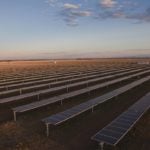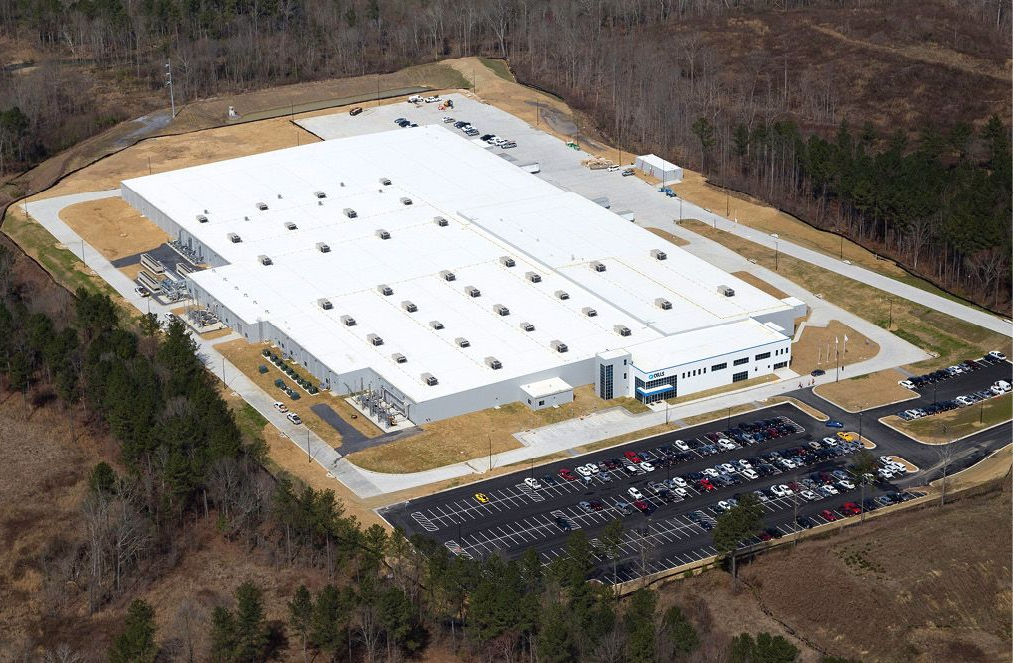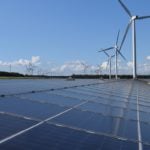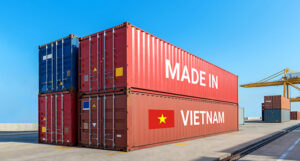Latest
Features , Featured Articles , Long Reads
AEMO previously called to mobilise AUS$16 billion in grid infrastructure investment to bolster net zero prospects. Image: NSW government.
The Australian Electricity Market Operator (AEMO) has found that projects seeking to connect to the National Electricity Market (NEM) in Australia rose to 43GW in June 2024, a 43% increase year-on-year (YoY).
According to the organisation’s June connections scorecard, the number of projects looking to connect to the NEM, which spans south and east Australia, has sharply risen in the past year. This is primarily due to prospective large-scale renewable energy generation projects looking to contribute to the country’s decarbonisation journey.
This article requires Premium Subscription Basic (FREE) Subscription
Unlock unlimited access for 12 whole months of distinctive global analysis
Photovoltaics International is now included.
Regular insight and analysis of the industry’s biggest developments
In-depth interviews with the industry’s leading figures
Unlimited digital access to the PV Tech Power journal catalogue
Unlimited digital access to the Photovoltaics International journal catalogue
Access to more than 1,000 technical papers
Discounts on Solar Media’s portfolio of events, in-person and virtual
Or continue reading this article for free
During June, four projects totalling 720MW received application approval and moved into the proponent implementation stage, bringing the financial year-to-date (FYTD) total to 56 projects, totalling 12GW. One project completed registration, bringing the FYTD total to 17 projects, totalling 2.4GW.
AEMO also noted that early-stage applications involving the Network Service Provider (NSP) and AEMO increased by 74% YoY, from 6.9GW to 12GW. The typical duration was also reduced by one month, from 10.9 months to 9.7 months.
BESS projects top charts for applications
In terms of connection applications, battery energy storage systems (BESS) top the charts, with just over 6GW being made in the FYTD. Most of these have been located in New South Wales (3.2GW). South Australia is second, with around 1.2GW, closely followed by Victoria and Queensland, with around 1GW each.
Solar ranks second for connection applications in the FYTD, with around 4.5GW. Queensland ranks the highest for applications with around 2.5GW, followed by New South Wales with 1.1GW. The rest of the figure is made up of minimal contributions from South Australia, Tasmania, and Victoria.
Connection applications by state. Image: AEMO.
Of the technologies having seen their grid connection applications approved in the current financial year, BESS assets again claim the top spot with around 4GW. The majority of these are spread across Queensland and New South Wales, with smaller quantities having been approved in South Australia and Victoria. Tasmania has yet to see a single BESS approved.
In second place is solar, which has reached around 3.1GW. Just over 2GW of this has been located in New South Wales, with Queensland and Victoria making up the rest.
Approved FYTD GW by Technology Type. Image: AEMO.
NEM needs investment to support renewable energy projects
Although one may see the figures quoted as being positive for the NEM and Australia as a whole, there must be a significant rise in investment in grid infrastructure to facilitate the transition.
A recent report by AEMO, released in late June 2024, indicated that around AUS$16 billion (US$10 billion) of investment must be mobilised to grid infrastructure. Transmission projects must be rolled out to facilitate new renewable energy, with AEMO predicting that around 10,000km will be needed.
For this, AEMO calls for the AUS$16 billion to be invested in several projects, all of which could recoup their investment costs, save consumers AUS$18.5 billion in avoided energy costs, and deliver emissions reductions valued at a further AUS$3.3 billion.
FREE WEBINAR -This webinar will feature the perspectives and views of PV Tech’s Head of Research, Dr. Finlay Colville, on how the U.S. PV manufacturing landscape is changing today and when we might expect additions to encompass cells and wafers.
This will be followed by a PV Tech special – a look inside one of the first new PV module fabs built in the U.S. this year; SEG Solar’s new site in Texas. Join Jim Wood, CEO at SEG Solar, as he walks around the new factory showing key features and explaining the rational for SEG Solar in making this investment into U.S. PV manufacturing in 2024.
San Francisco Bay Area, USA
PV Tech has been running an annual PV CellTech Conference since 2016. PV CellTech USA, on 8-9 October 2024 is our second PV CellTech conference dedicated to the U.S. manufacturing sector. The event in 2023 was a sell out success and 2024 will once again gather the key stakeholders from PV manufacturing, equipment/materials, policy-making and strategy, capital equipment investment and all interested downstream channels and third-party entities. The goal is simple: to map out PV manufacturing in the U.S. out to 2030 and beyond.
Understanding PV module supply to the European market in 2025. PV ModuleTech Europe 2024 is a two-day conference that tackles these challenges directly, with an agenda that addresses all aspects of module supplier selection; product availability, technology offerings, traceability of supply-chain, factory auditing, module testing and reliability, and company bankability.
The conference will gather the key stakeholders from PV manufacturing, equipment/materials, policy-making and strategy, capital equipment investment and all interested downstream channels and third-party entities. The goal is simple: to map out PV manufacturing out to 2030 and beyond.
PV Tech has been running PV ModuleTech Conferences since 2017. PV ModuleTech USA, on 17-18 June 2025, will be our fourth PV ModulelTech conference dedicated to the U.S. utility scale solar sector. The event will gather the key stakeholders from solar developers, solar asset owners and investors, PV manufacturing, policy-making and and all interested downstream channels and third-party entities. The goal is simple: to map out the PV module supply channels to the U.S. out to 2026 and beyond.
aemo , australia , grid connection , nem , new south wales , pv modules , queensland , solar pv , south australia , tasmania , victoria
Read Next
Ark Energy, a renewable energy developer, has submitted a development application for a 500MW solar-plus-storage project in Myrtle Creek, in north New South Wales, Australia.
The company said that the new facility would produce 8GW of solar modules and 2GW of cells in the Sohar free port region of Oman.
Fortescue’s 100MW North Star Junction solar farm in Western Australia is partially operational, and the firm is committed to green hydrogen.
The land in question excludes natural reserves and high-value agricultural areas under “strict agricultural, environmental and technical criteria for hosting onshore wind and solar projects.”
The site will produce n-type cells to support both manufacturers’ US cell requirements, Heliene said in a public statement. Details about the timeline and scope of the project will be released “shortly”.
The Australian Energy Market Commissioner (AEMC) is proposing to enable virtual power plants (VPPs) to directly compete with large-scale generators in the energy market, which could aid solar PV’s role in decarbonising Australia.
Subscribe to Newsletter
Most Read
Features , Featured Articles , Long Reads
Upcoming Events
1:00 PM (BST) / 2:00PM (CEST)
San Francisco Bay Area, USA
https://www.pv-tech.org/australia-nem-connection-applications-rise-by-43-yoy-solar-ranks-second/





